HUDSON STREET PRESS
Published by the Penguin Publishing Group
375 Hudson Street
New York, New York 10014

First published by Hudson Street Press, an imprint of Penguin Random House LLC, 2015
Copyright 2015 by Megan Feldman
Penguin supports copyright. Copyright fuels creativity, encourages diverse voices, promotes free speech, and creates a vibrant culture. Thank you for buying an authorized edition of this book and for complying with copyright laws by not reproducing, scanning, or distributing any part of it in any form without permission. You are supporting writers and allowing Penguin to continue to publish books for every reader.
 REGISTERED TRADEMARKMARCA REGISTRADA
REGISTERED TRADEMARKMARCA REGISTRADA
LIBRARY OF CONGRESS CATALOGING-IN-PUBLICATION DATA
Bettencourt, Megan Feldman.
Triumph of the heart : forgiveness in an unforgiving world / Megan Feldman Bettencourt.
pages cm
Includes bibliographical references and index.
978-0-698-19024-5
1. Forgiveness. I. Title.
BF637.F67.B475 2015
155.9'2dc23
2014048570
Some names and identifying characteristics have been changed to protect the privacy of the individuals involved.
While the author has made every effort to provide accurate telephone numbers, Internet addresses, and other contact information at the time of publication, neither the publisher nor the author assumes any responsibility for errors or for changes that occur after publication. Further, the publisher does not have any control over and does not assume any responsibility for author or third-party Web sites or their content.
Cover design and illustration by Zoe Norvell
Version_1
CONTENTS
INTRODUCTION
How I Reluctantly Discovered Forgiveness and Why I Set Out to Explore It
The Heart of Darkness: How Two Lives Were Taken and Two Friends Were Made
The Science: Is Forgiveness Natural, and Does It Provide Health Benefits?
Making Amends: The Role of Redemption
A Reckoning of Origins: Forgiving Our Parents
The Ecology of Trust: Forgiveness in Intimate Relationships
A Touch of Grace: Forgiveness as a Spiritual (and Secular) Practice
The Survivor: How One Woman Forgave the Unforgivable in Rwanda
Chain Reaction: The Institutional Habits That Spread Forgiveness in Schools and Communities
Living Peace: How Innovative International Programs Are Setting the Stage for Forgiveness Between Longtime Adversaries
Orange-Yellow Streams of Light: A Forgiveness Ceremony
To my mother, Dr. Gail Carr Feldman, who taught me the transformative power of curiosity, deep listening, and compassion, and who helped me discover that storytelling is one of the most potent medicines at our disposal
The world breaks everyone, and afterwards many are strong in the broken places.
ERNEST HEMINGWAY
As I walked out the door toward the gate that would lead to my freedom, I knew if I didnt leave my bitterness and hatred behind, Id still be in prison.
NELSON MANDELA
INTRODUCTION
How I Reluctantly Discovered Forgiveness and Why I Set Out to Explore It
I n early 2012, I found myself writing a magazine story about a remarkable man. Seventeen years earlier, Azim Khamisa was working as an international investment banker based in San Diego when his only son, a college student working a pizza delivery job, was shot to death by an aspiring teenaged gang member. Azims response shocked everyone, from the prosecutor in the murder case to local crime reporters: He forgave the killer. He reached out to the killers family. He befriended the killers grandfather. And then, together, these two unlikely friends launched an organization that teaches nonviolence in public middle schools. I learned about Azim through a mutual friend who had attended one of his speaking engagements, and my interest was piqued.
I wanted to know why he forgave. I wanted to know how. And I wanted to know what it meantfor him, for me, for all of us. I was intrigued, if more than a little unsettled, for reasons I couldnt quite identify.
Forgiveness had never been my forte, nor my aspiration. If I thought of forgiveness at all, I did so with disdain, as something weak and almost pathetic. When I was two, my mother took me to the neighborhood pool. As she grabbed one of my chubby arms and led me toward the water, a middle-aged woman stopped us. She is so cute! the woman said to my mother, bending toward me with a smile. Before anyone could say or do anything, I kicked the unsuspecting stranger hard in the shin. The woman recoiled and rubbed her leg. My mother, horrified, apologized and ushered me away. When she demanded an explanation, I narrowed my eyes and stuck out my chin. Im not cute, I said. I hate cute. Cute was for babies and docile animals. I wanted to be fierce. I wanted to be strong and smart, someone to be taken seriously. As I grew older, the idea of being forgiving seemed just as embarrassing to me as being cute did on the day I rewarded a strangers compliment with a merciless kick.
Growing up, the more I learned about the worlds injustices, the angrier I became. I was angry about the Holocaust (one of my favorite books was I Never Saw Another Butterfly, a compilation of art and poems by Jewish children interned at Terezin), I was angry about the U.S. genocide against the Native Americans, and I was angry that some people were reduced to sleeping on the streets and scrounging for food in dumpsters. My outrage over these injustices was linked to the fact that I seemed to feel everythingparticularly the suffering I saw around meso deeply. I remember learning about the gas chambers at Auschwitz in a middle school class. I was so devastated after the documentary we watched that I could barely speak at recess, and I was horrifiedand yes, angryto see my friends playing tag and telling stories, as if nothing had happened. I felt like Id just discovered that the world was actually hell, and my friends were carrying on as if no one let them in on the secret. My mother, meanwhile, was a psychologist specializing in treating trauma, and I gleaned tidbits about her patients lives. Theyd been beaten by mothers, raped by fathers, stalked and nearly killed by strangers or colleagues. At one point, on the eve of middle school, misfortune struck even closer to home.
One afternoon, my best friends father was late to pick her up from school. The next morning, my mother sat on my bed to wake me. A knockout who was normally perfectly put together, Moms eyes were red and nearly hidden by great, swollen folds of skin. Through tears, she told me that my friends father had killed himself, and her mother found his body. We jumped in our car and drove to their house. All I remember is the five of usmy mother and me, and my best friend, her older sister, and their mother holding each other under a big elm in their backyard. Their family moved away that summer. I began sixth grade alone at a new school that my bestie and I had planned to attend together. At night, I filled my pink, heart-covered diary with sad, lonely entries.
When my English teacher assigned a personal essay, I wrote about what happened. I was amazed at how cathartic it was, how I felt Id somehow made sense of something senseless, and in the process, purged some of the haunting feelings that kept me awake at night. My teacher read that essay aloud to every single one of his English classes. Peers Id never even met approached me in the halls to say how the piece moved them. Some confided that they, too, had experienced puzzling tragedies in their young lives, and that they related to what Id written. Unwittingly, I had stumbled upon something that helped me understandor at least express my feelings aboutpain and suffering, something that could perhaps also help others.


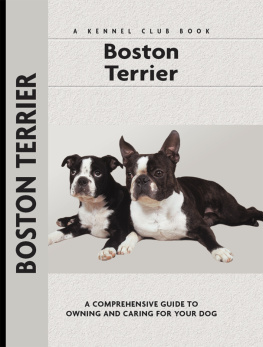
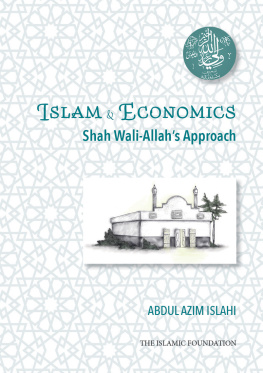
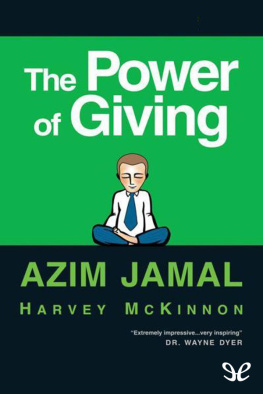
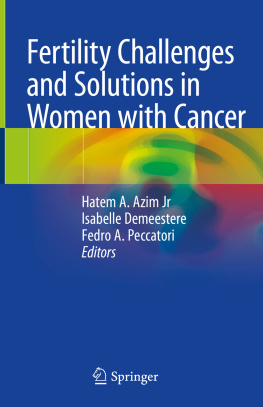
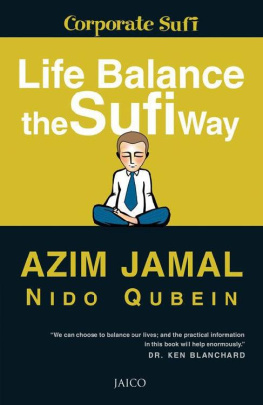

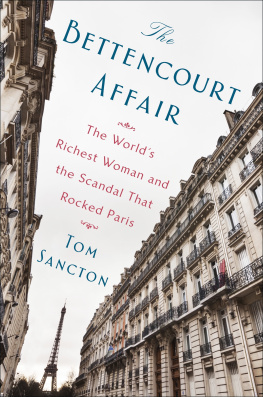


 REGISTERED TRADEMARKMARCA REGISTRADA
REGISTERED TRADEMARKMARCA REGISTRADA